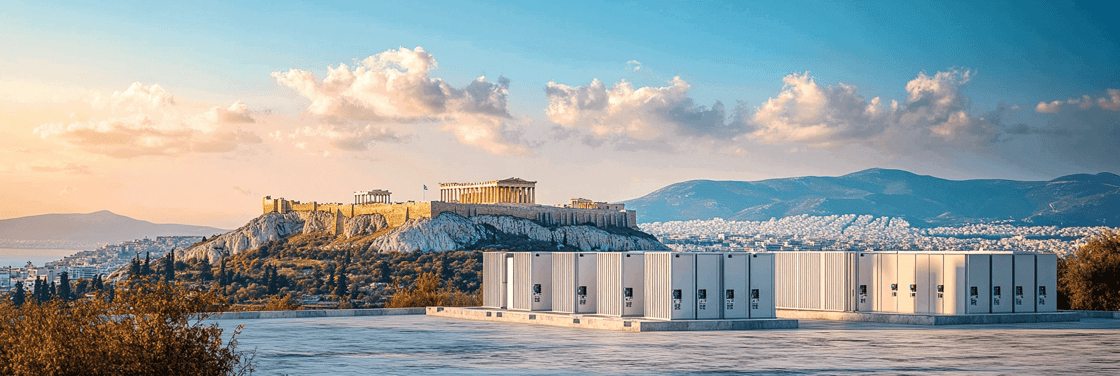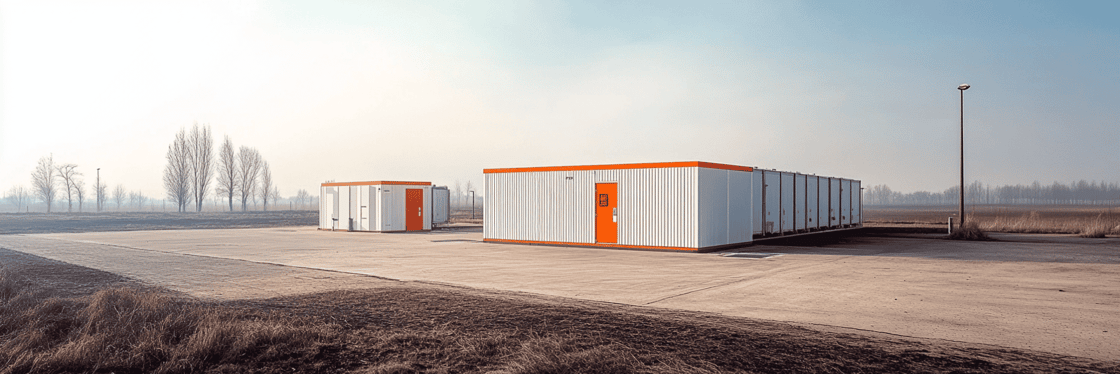AI-powered trading accelerates the transition to clean energy
The declining cost of battery technology makes battery energy storage systems (BESS) attractive to innovators and investors alike. But affordability is only one item in a long list of compelling attributes. Batteries play an elementary role in the energy transition as they reduce the dependency on conventional power sources. According to IEA (International Energy Agency), the global battery storage capacity is expected to skyrocket in the upcoming years and decades, with almost 3.1 TW installed capacity needed by 2050. Climate mitigation relies on the implementation of this projection, and market environments across the world must grow with the battery capacity for it to become a reality. Speed and adaptability are of the essence in this endeavor, and a fully automated trading infrastructure is the only way to stay on top of the obstacles waiting at every corner on the path to net zero. But once integrated, how do we make sure battery assets reach the commercial optimum?

Source: Net Zero by 2050 - A Roadmap for the Global Energy Sector by IEA
Cross-market battery optimization
Storage assets can be marketed for ancillary services in FCR (Frequency Containment Reserve), aFRR (Automatic Frequency Restoration Reserve) and mFRR (Manual Frequency Restoration Reserve), all of which are regulated by the TSO (Transmission System Operator). While mFRR is currently not relevant for cross-market optimization, it is essential to branch out into wholesales, also known as the spot market, which covers day-ahead, intraday and continuous intraday auctions. These are not regulated by the TSO and don’t require pre-qualifications or security of supply. Instead, they can be accessed directly through the power exchange.
It is commonly observed in the market that the majority of battery storage players in Europe place their assets in ancillary services only (mostly FCR), which puts them at risk and makes them financially vulnerable. Why is this? Since FCR prices are steadily falling, and batteries act as a main balancing source for the TSOs, more and more players are entering the market, which produces a cannibalization effect that calls for
- diversification to minimize risks and safeguard developing market trends
- sophisticated wholesale arbitrage to reduce amortization time
- cross-market asset optimization to benefit from revenue stacking

Graph 1.1: Different levels of optimization in market example Germany
Diversifying revenue streams: an example
Imagine you have a 10 MW/12 MWh battery and want to market it on FCR, for which part of the capacity needs to be prequalified by the TSO. On average, the prequalified capacity is around 80% of the total. In essence, this means that even though you pay for a 10 MW asset, you make revenue only out of 8 MW if you stick to FCR as 2 MW go into SoC (State of Charge) management.
Meanwhile, the 2 MW residual capacity could already be marketed on wholesales to diversify revenue streams – this is within warranty limits and respects SoC management. If you go for this strategy, you are utilizing additional revenue sources via a fixed split, but you're still not making the most of your asset.
This can be done by having a dynamic split instead of a static one because it allows you to decide how much battery capacity you put up on different markets, all within SoC/TSO limits and warranty terms. Visual 1.2 illustrates how to transform an underutilized battery into a fully or even optimally utilized asset.

Graph 1.2: Revenue diversification scenarios in market example Germany
Revenue stacking between FCR and wholesales: the optimal split
Graph 1.3 shows the optimal power split between FCR and wholesales over an 18-month period. Comparing an FCR-only approach with a combination of FCR and wholesales, your revenue increases by 50%, from 2 million to 3 million EUR. Diversification is key, and revenue is optimized through daily decisions.
The more vertical the line in the graph, the bigger the share on wholesales; the more horizontal the line, the bigger the share on FCR. enspired ensures revenue optimization on a day-by-day basis. For the static option, we consult forecasts one day prior to delivery to decide which split of the battery is put on which market between WS (wholesale) and FCR.
For the dynamic option, we determine the split for 4-hour blocks between the markets. Prequalification for an asset can be a lengthy and complicated process when using FCR as an entry market, which leaves your battery sitting idle for months. It is, therefore, advisable to start on wholesales instead and add FCR when the prequalification process is completed.

Graph 1.3: Optimal split between FCR and WS
As you can see, spreading out across all relevant markets is essential to ensure revenue diversification for your asset. Check out our investigation of market environments in the United States, Germany, Belgium and France to see how batteries behave in different geographies.
Let's connect to make the most of this strategy for your asset!



